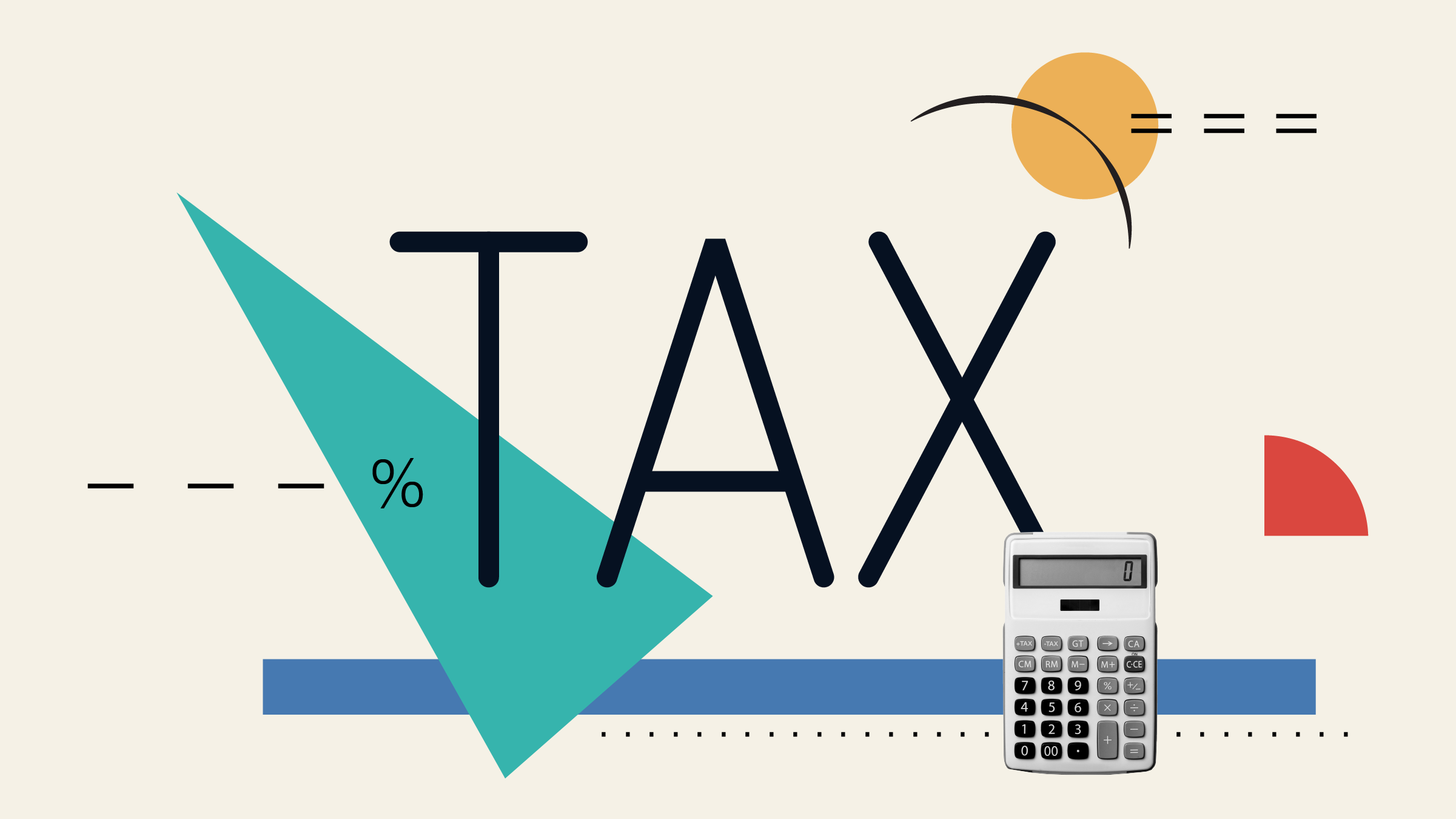Piggybacking on successful investors is a particularly useful investment strategy for those who are time poor or lack expertise. However, it does entail risks and needs to be carefully executed.
One way to play this is to purely copy moves, almost without looking at the fundamentals of the company in question. However, this is extremely risky as even the best investors can and do make mistakes. Morningstar would never recommend making an investment decision without first carrying out proper due diligence.
One technique that some investors like to utilise from time to time is that of ‘piggybacking’ as a source of possible ideas for investment. Though you can’t necessarily know why your ‘great investor’ bought a specific security, nor whether the role they wish it to play is aligned with the role you need to fulfill in your own portfolio, we have some pointers for investors insisting on following this strategy.
The first thing to do before launching headlong into this strategy is to decide whose moves to follow. It is paramount to confirm that the expert investor you wish to follow really does have a long-term track record of superior performance.
Copying Others’ Investment Ideas
If your proven expert is a fund manager, Morningstar.co.uk allows you to compare the performance of their fund against the benchmark index and that of competing funds, review its Morningstar ratings, and access the latest available portfolio holdings data for each fund available for sale in the UK. Our top ten holdings data clearly shows you whether a manager has increased or decreased a stake in a particular stock by a ‘plus’ or ‘minus’ sign.
The fund itself will also publish half-yearly and annual reports, which provide commentary on their strategy and overall performance. It may also contain a list of all their holdings with commentary on some individual sales and buys.
What will be more difficult is to find out at what price they bought their investments. You’ll probably have to read through RNS statements for the company concerned. The former FSA awarded Morningstar.co.uk the contract to host the National Storage Mechanism, where all UK-listed securities’ regulatory announcements are stored for all to access, so you can find what you’re looking for here.
If you decide to follow a fund manager into a specific security, you may find that you have to pay more than your ‘great investor’ did, but there’s nothing stopping you setting a limit above which you won’t pay, for example 5-10% above their entry price.
Validating your Own Investment Ideas
This process can also be inverted. That is as a means of validating your own investment ideas you can see if investors or funds you rate highly have invested in a particular company. It is always reassuring to know that someone with a shrewd investment history is backing a company you propose to invest in.
You can check to see who are the major shareholders in a company by clicking on Morningstar.co.uk’s Directors & Shareholders tab on each Stock Report. Only holdings of above 3% need to be publicly disclosed, therefore if a stake is slowly being built below this level it won’t be easy to find out about it.
It is not only buys that someone utilising this strategy will likely track. If your great investor starts selling one of your common holdings, try to understand why and ascertain whether their reasoning matches your own needs before making your move.
The Bottom Line
We would strongly caution investors against using this strategy. If you don’t have the time to do the proper research, let experienced analysts do it for you. We know, however, that many investors like to follow the ‘greats’, hence why we are offering some pointers to avoid getting carried away.
Also remember that your ‘great investor’ likely has considerably more cash to deply than you do, so some managers can end up investing in as many as 200 companies. Some of their investments are bound to perform poorly.




























